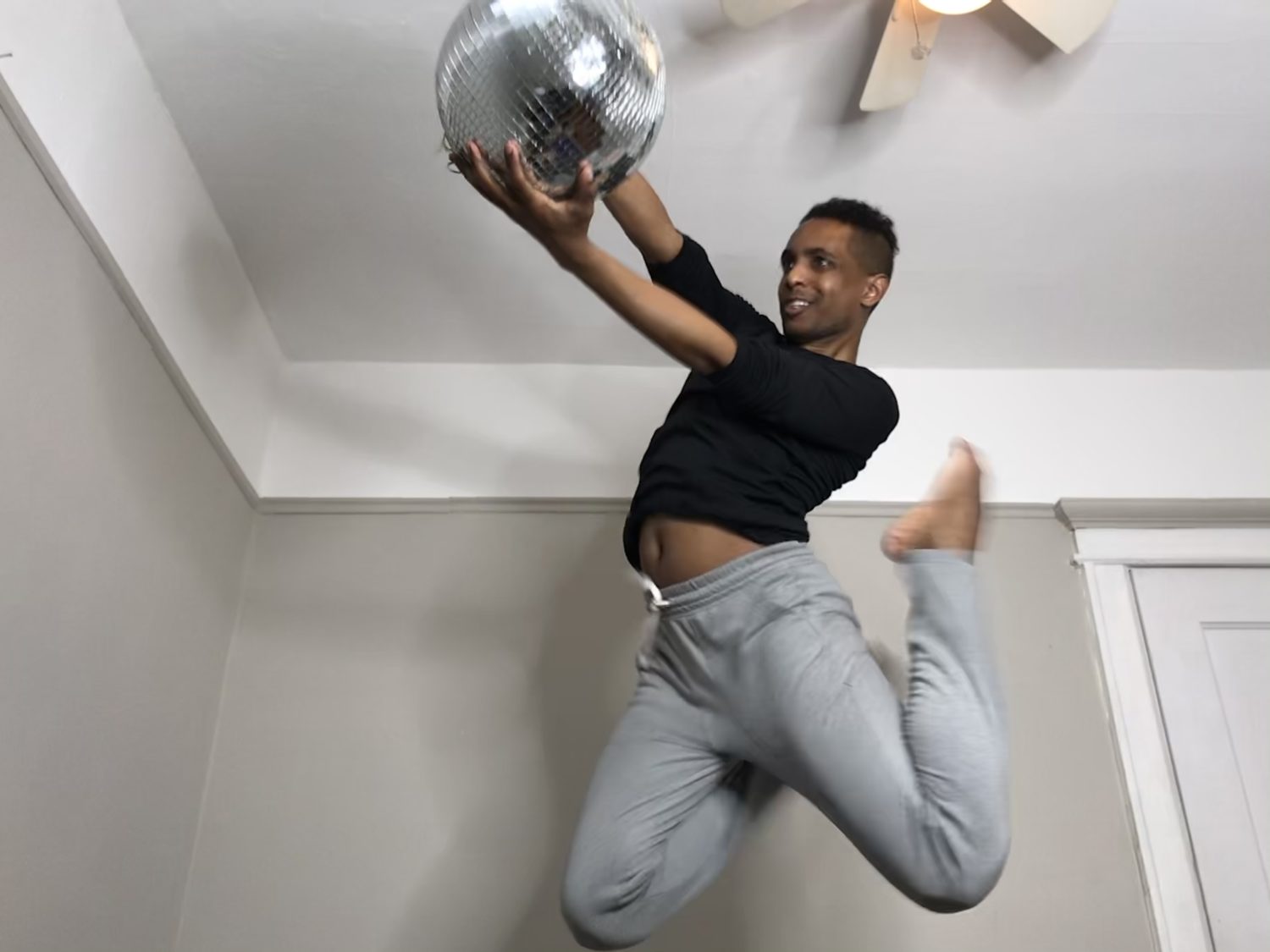Below is an excerpt from The Collective, Poynter’s newsletter by journalists of color for journalists of color and our allies. Subscribe here to get it in your inbox the last Wednesday of every month.
Whenever I felt unhappy as a child, my grandmother instructed me to “shake my tushie” to get back to the good times. That advice has served me well this past year of living through a social revolution and pandemic that made meeting face-to-face all but impossible.
Like many journalists of color, I was swept up in the response to George Floyd’s murder, and all but overwhelmed by the flood of resultant commissions that demanded that I mine my personal trauma for cash.
But even without those deadlines nipping at my heels, being trapped at home would have driven me bonkers if I hadn’t had dance to relieve my stress. Having permission to literally shake off the bad vibes within the safety of my own home has been a radical act of joy. Just as important for my career, it has helped me chisel through my writer’s block whenever it strikes.
Being a former professional dancer, I would love to strut and pose in the open air of my front yard, but as a Black man, the freedom to move as myself in public without incurring injury is far from guaranteed. As it is, sitting at my computer, I’ve rarely wanted to move or write at all. What inspires me to groove past my malaise is the desire to tell my community’s story, despite my dread that there is too much to say.
That’s how writer’s block manifests for me: as the weight of endless possibilities. But when I’m dancing, those possibilities guide me back to my true voice. I’ll bet that it can do the same for you.
To anyone who thinks, “I can’t dance,” please know that I wasn’t born with a natural groove. As my mum used to tell people, I had no rhythm as a child; if everyone else was stepping left, invariably you’d find me swinging to the right. It flies in the face of the stereotype that all Black people can dance. But it also affirms what makes me a great writer: I hear and see things differently.
That’s true for most journalists; we see the intricate nuances behind simple ideas, even as we are vulnerable to tripping over their details. Whenever that happens, most of us turn to our editors for help, but I think that dancing in your writing space (or even your chair) is an equally powerful way to clear the rut.
It sounds hippy-dippy, yet dancing one’s troubles away has served numerous cultures around the world for centuries. From relieving the psychological poison of obsession through Italy’s tarantella to communing with the spirits of the dead with the Bon dance of Japan or connecting to loved ones with the Electric Slide; whether it’s at a community block party, a memorial service, a birthday jam or a wedding celebration, dancing is a release.
Regardless of what stage you are in life, dancing is the most natural form of expressing oneself. Consider babies, who wiggle and squirm to express themselves long before anyone teaches them. To quote the groundbreaking Irish playwright Samuel Beckett: “Dance first. Think later. It’s the natural order.”
During my time as an elementary school theater teacher, I watched my students put this maxim into practice with wonderful results. Whenever a class felt defeated by the complexities of writing their own telenovelas, we’d dance the blues away. Sometimes this took place through a set of fun “I do, then you do” exercises, though just as often, you’d find my kids letting it all out with freestyle improvs.
While my pedagogical style was more advanced than normal, it followed the Responsive Classroom model of scheduling movement breaks to expedite learning. But you don’t need the data that went into this teaching method’s studies to prove that dance helps people to shake off their funk and focus. Ask any kindergarten teacher why they use the promise of freeze-dance sessions to goad their charges into cooperating: Dance energizes and motivates everyone.
This is an important lesson that many of us forget after we put away “childish things.” Once upon a time, before logic and science took root in our brains, we wiggled and danced toward making sense of the world. Journalists can do the same by shaking our tushies past writer’s block.
If you’d like to give it a try, watch the video below and discover how moving can help you. Remember: No one can see you, so dance in the way that best serves you.
Subscribe to The Collective for access to a subscriber-only feature: advice from our Council of Truth-Tellers.
The Collective is supported by the TEGNA Foundation.






